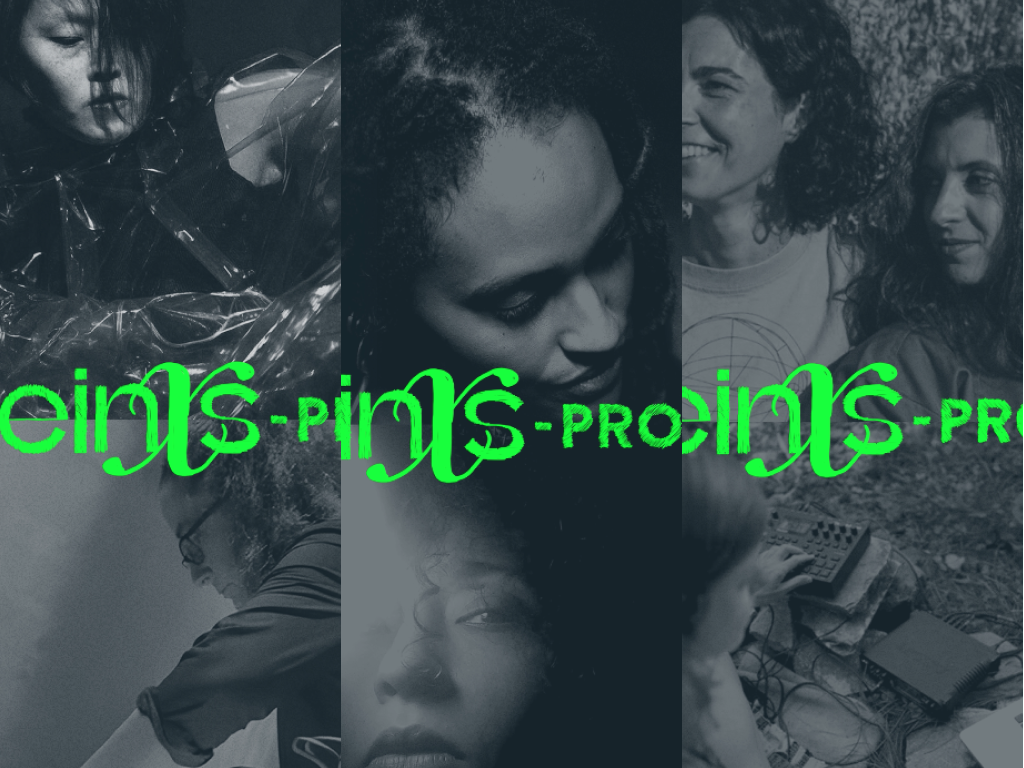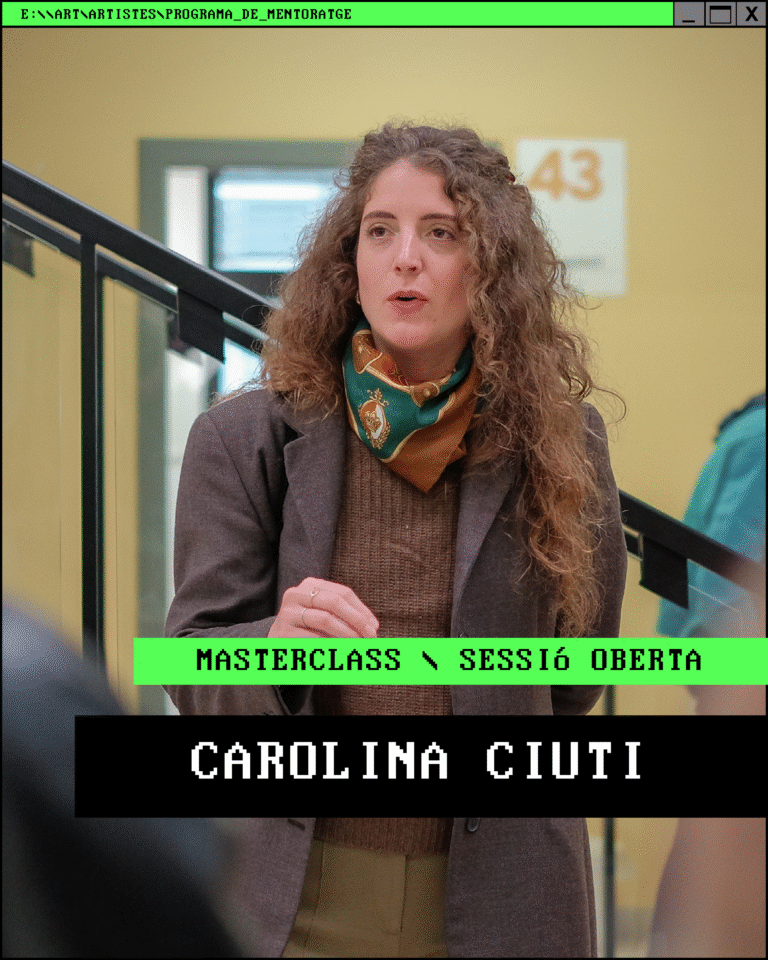Cave. Isabel Rabassa
Curator – Matías Krahn Uribe
“The recent work of Isabel Rabassa that comprises Caverna is the result of a three-year process of deep inquiry, introspection, and inner vigilance—of which I have been a direct witness. Guided like the Hermit in the Tarot, Isabel disconnected from social media, shed her identity, and ventured into the depths of the psyche and the unconscious. She did so without any guarantee of outcome, armed only with her intuition as a walking stick to feel her way, step by step, through the darkness—with a lantern (faith and trust that she would eventually emerge) and a cloak of invisibility and protection. Like a deep-sea diver, a mountaineer in search of a magic peak, a miner digging for a gem, or a vision-seeker in the desert, she disappeared yearning for symbolic death and rebirth.
She came out alive, leaving behind ghosts, shadows, and bags of darkness—the testimony of which is a series of thirty nearly black, monochrome paintings in which only a faint glimmer of light can be seen. She dared to abandon expressionism, volcanic expression, and the vital impulses of her former self, undergoing a sort of voluntary reconfinement into the catacombs of the collective unconscious. As personal as they were impersonal, these works were hard to understand—just as she herself was during that time. In those black paintings, one could perceive the darkness of stalactites, the cold, and the dripping of water in a desolate, inhospitable space. As a witness to this vital and creative moment, and knowing her strength and optimism, I trusted she would eventually emerge renewed. And so it was. As a friend and fellow painter, the little I could say about the “black series”—not without a touch of irony—was: “So, when are you going to paint a macaw?” Obviously not a kind remark, but I imagined it as a red thread back to light and color.
From those cold and mysterious monochromes—works we will take time to understand and value—color began to emerge: dawn, birds, horses, animals, and figures. Darkness began to cast shadows within shadows, gaining a startling vitality. The brushstrokes started to play. Before diving into this symbolic cave, sitting down to delicately paint small formats would have felt like an electric chair to her—a torture, just like reducing the canvas size, changing brushes, palette, and materials. I bear witness to her search as a painter and as a friend, and I believe this body of work is exceptional in an era full of pretenses, copies, rehashes, and artificial intelligence. The primitive and the sophisticated converge in this new work, full of mystery and grace. There is no disguise. Perhaps there are references to symbolism, glimpses of post-impressionism, German expressionism, or a certain outsider and marginal art. Beyond the beauty of these works, Isabel carries a few scars that bear witness to the light of a brave woman who observes herself and is not afraid to rise from the ashes—who has traveled inward and has matured. This is not about style or affectation; it is a vital attitude that, in these contrived times, gives her work genuine value.”





